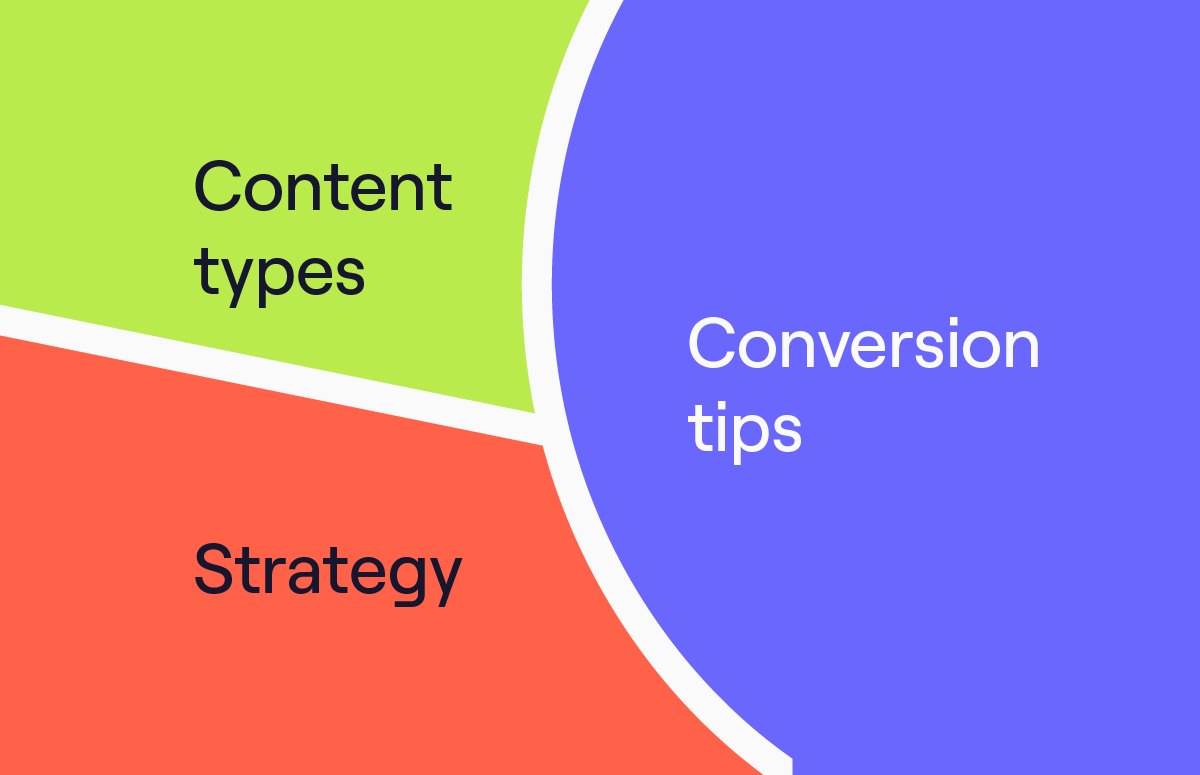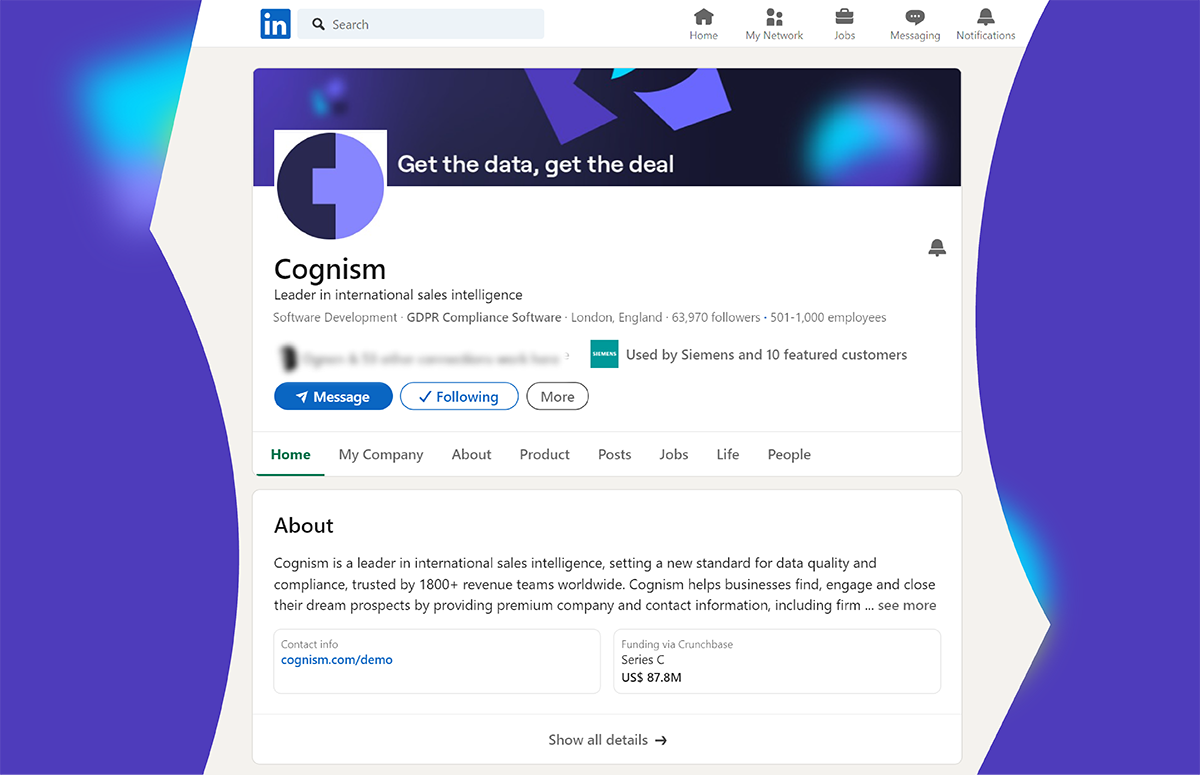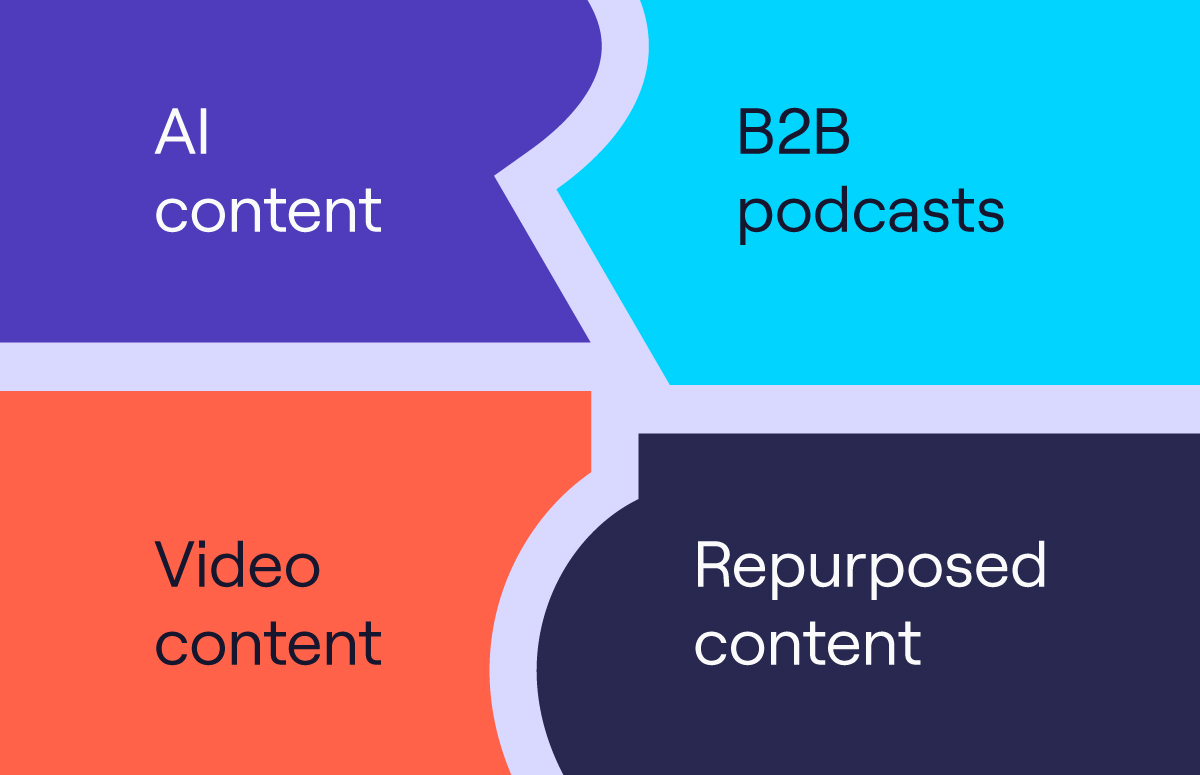5 Best Google SEO Tips to Boost Your Content’s Rankings
As content marketers, we’re constantly vying for Google’s love and attention.
With more than 5 billion searches conducted every day on Google, it’s easy to see why. Although, writing content that will be at the forefront of a Google search term is easier said than done.
Content marketing is booming – especially with more people working from home – so it’s not uncommon for thousands of brands to compete for the same search terms. Even if you’re on page one, you can expect competing brands to target your content and attempt to dethrone you.
Plus, we now have AI-generated content in the mix!
Because of this and the anonymity of Google ranking algorithms, I can’t give you the “secret sauce” that will have you ranking on page one of every desired term. I can’t give you advice that will fortify you from being targeted by competing brands.
However, I can give you five best Google SEO tips for producing content that has a better chance of ranking for the right terms and attracting organic traffic.
Scroll 👇 to get the tips!
1. Write for human readers
One of the best Google SEO tips I can provide is to write high-quality content for human readers. The best SEO experts follow this tip.
It may seem obvious, but it can fall by the wayside when SEOs attempt to “over-engineer” their content marketing and end up writing strictly for what they believe will satisfy search engines.
Google is the most sophisticated search engine in the world and uses complex machine learning algorithms (called RankBrain) to understand how users interact with content; it doesn’t need much help!
Be sure to check off all the on-page SEO fundamentals like header tags, interlinking, keyword research, and more.
But above all, give your audience the information they seek and do so in the most high-quality way possible.
“This is the single most important thing to do. If your pages contain useful information, their content will attract many visitors and entice webmasters to link to your site.”
How to write for human readers
Cover a topic comprehensively. A study from SerpIQ found that the top 10 results for Google searches were typically in the 2,000 to 2,500-word count range. If you can’t be a one-stop content shop for readers, they’ll bounce and find their answers elsewhere.
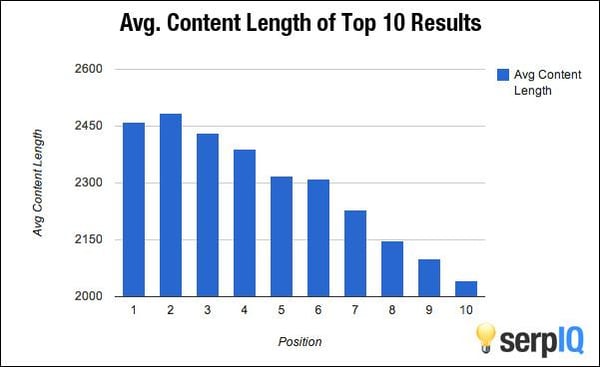
Need help expanding on a topic? Run your keyword through a Google search and look at the ‘People also ask’ section. These are “hints” from Google itself telling you what the related searches are for your keyword.
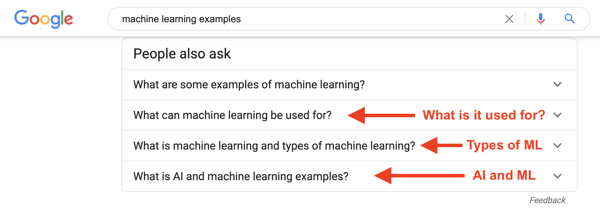
How you write your content is also important.
Write at about an eighth-grade reading level. Being able to convey complex topics, such as B2B lead generation, without pumping your content full of industry jargon, is a desirable content marketing skill.
This also opens your content up to a wider audience and makes it more accessible, which brings me to my next best Google SEO tip.
2. Make your content accessible
In addition to making your content more digestible and easier to read, you should also look at its accessibility.
In terms of image SEO, make sure your blog images have relevant file names.
For example, let’s say I have a graphic on advertising strategies. Instead of leaving it as IMG2278.jpg, consider changing it to something more descriptive like 8-advertising-strategies-for-marketers.jpg.
But why is this?
When Google crawls a web page, it looks at things like text and links. When it comes to indexing images, Google looks at the surrounding text and image file names to gain more of an understanding of what the image is. That’s why you should be descriptive.
While you’re at it, go ahead and add some descriptive alt-text to your blog images. Alt-text is read by screen-reading software to assist sight-impaired search users. You may even be able to see an image’s alt-text by hovering over it with your cursor.
Most content management systems today allow marketers to easily go in and update alt-text. Below is an example of what that may look like:

Finally, make sure your website is mobile-friendly. Google made mobile-first indexing its default in 2020, so if your site isn’t consistent across desktop and mobile devices, you may suffer some penalties.
3. Get backlinks to your content
Backlinks are regarded as one of the most powerful ranking factors for Google, but why is this?
Well, when Google crawls content across the web, one of the things it’s looking for is links between web pages.
For example, a link from Page A to Page B signals to Google that Page B is of some importance. The more links Page B is able to acquire, the more Google will regard it as an authoritative piece of content, thus, increasing its rankings.
Maybe even more important than the number of backlinks is the quality of them. For example, if Page B is able to acquire links from high-quality domains like The Washington Post or Forbes, this will undoubtedly help with increasing its rankings. Because those sites have millions of monthly visitors, you may get some hefty referral traffic – a nice added bonus.
One of the best Google SEO tips is to dedicate meaningful time to link building strategies. It’s not enough to create compelling content and forget about it. You need to tap your network and conduct outreach for content if you want to increase its likelihood of ranking on Google.
4. Update your content regularly
Did you know that more than 7 million blogs are published every day? Months go by, millions of new content pieces are introduced to Google, and suddenly your article starts to drop in rankings.
Don’t worry - this is natural, and it’s called “content decay.”
Every blog on the web today is susceptible to decay, which is why it’s important to regularly check on your older content and update it when decay starts to set in.
“But Devin, how do I know when my content starts to decay?”
Great question! You can start by keeping an eye on your content marketing metrics. When month-over-month traffic decreases anywhere from 15 to 40%, it’s time to go in and make some changes.
How to update your content
Conduct new keyword research and see where the gaps in your content are. Most premium SEO tools today can provide in-depth analysis into keyword gaps and even show what new keywords your competitors are picking up.
Find new research to touch on in your article. For example, if you’re referencing a study that was conducted in 2015 but a new study just came out, it’s time to go in and update your content to reflect new findings.
The same goes for timely news stories and events. For example, if you’re a video conferencing software provider, you should update your content to resonate with more people who are working from home.
In general, you’ll want to update a significant enough amount of content for Google to recrawl your web page. Updating a few headers alone just won’t cut it. Below is a real-life example of one of our articles when we recognized decay and updated it with fresh content.
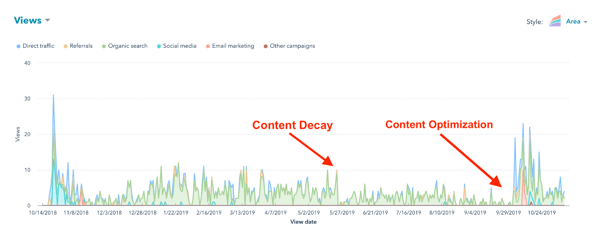
I recommend taking a look at your older content about once every quarter to ensure it’s not decaying. And, even if it is decaying, quarterly B2B data checkups should allow you to jump on optimizing it quickly.
5. Use images and video when necessary
Google loves what its users love, and what we all love is a variety of digital content like images and videos.
The truth is in the data. Blogs containing visual content receive up to 94 per cent more views than text-only content.
Remember, one person could consume and retain information differently than another person, and not everyone enjoys scrolling through a field of white space and text. Providing a variety of content broadens your blog’s appeal for more site visitors.
Let’s not forget that Google pulls video snippets as well – typically for “how-to” type of search queries. Without video in your content repertoire, you could be missing out on audiences with visual content preferences.
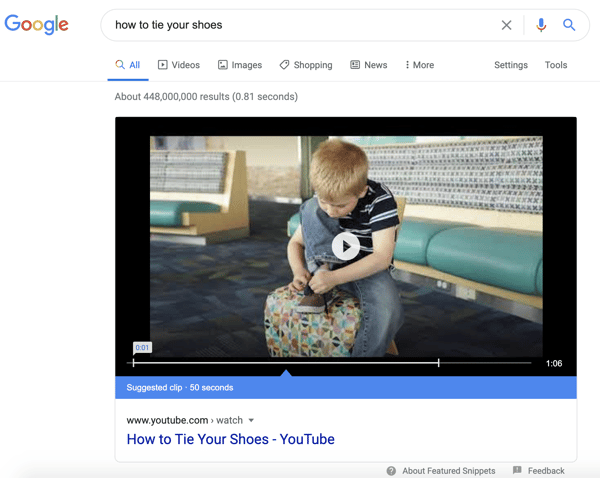
What about AI and Google SEO?
There’s no doubt, AI is changing Google SEO and how it works. As a brand-new technology, there’s a lot of confusion and misinformation about it.
But I think it’s always worth getting guidance straight from the horse’s mouth. Here are Google’s guidelines about AI-generated content - in particular, check out the FAQ at the end.
Key takeaways:
- Appropriate use of AI or automation isn’t against Google’s guidelines
- Using AI doesn’t give content any special gains. If it’s useful, helpful, original, and satisfies aspects of E-E-A-T, it might do well in Search
- If you see AI as an essential way to help you produce content that is helpful and original, it might be worth considering.
- If you see AI as an inexpensive, easy way to game search engine rankings, then stay away!
The best Google SEO tip: focus on quality
Google has spent years adjusting how it looks at content quality, how it ranks websites based on content quality, and most importantly, how users interact with content.
Even though Google continues to work at its search engine, one thing has remained consistent throughout, and that’s creating high-quality content for your site visitors no matter whether you’re targeting general SEO or local SEO.
Follow these quality-focused Google SEO tips:
- Dedicate meaningful time to writing your best content that's easy to understand.
- Spend time working on visual content that users want to engage with.
- Spend time acquiring backlinks and promoting your content across multiple channels.
- Update your content for relevancy and give it the care it needs over time.
Because if you truly want to create content that boosts your rankings, you must put content quality at the forefront of your strategy.

